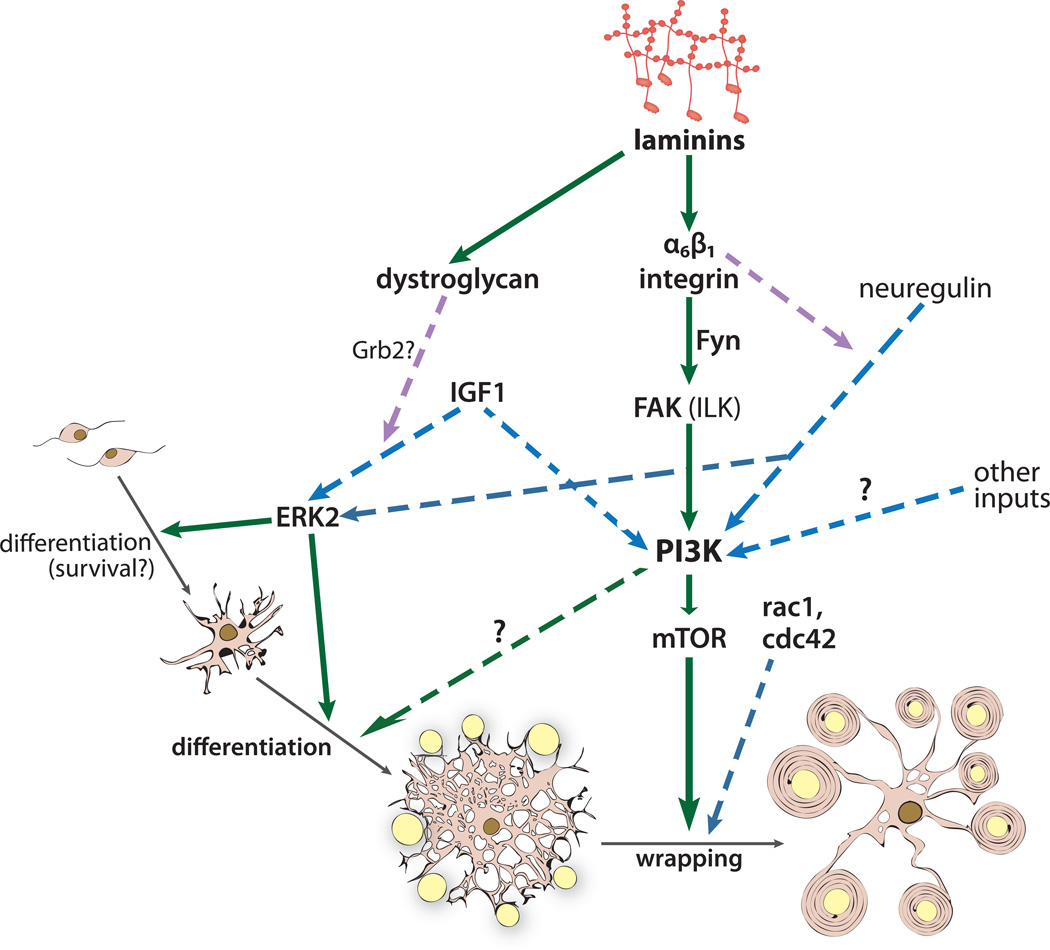Figure 2. Laminin receptors, in concert with receptor tyrosine kinases, influence signaling pathways required for oligodendroglial development and myelination.
Central nervous system (CNS) laminins influence multiple steps during oligodendroglial development, including differentiation and myelin wrapping. In many instances, laminins act by amplifying or modulating signaling downstream of receptor tyrosine kinases. For instance, the laminin receptor integrin α6β1 enhances the activation of Fyn, FAK, and ILK, which, together with inputs from receptor tyrosine kinases downstream of growth factors such as IGF-1 and neuregulin, can sustain, or amplify, the PI3K/Akt/mTOR pathway, a central pathway for myelin wrapping. The fidelity of CNS myelin wrapping is enhanced by Rac1 and cdc42, although it remains unclear if these small Rho GTPases act downstream of integrins in this context. The Ras/MAPK pathway regulates oligodendroglial differentiation, and here laminin can help promote Ras/MAPK activation by enhancing receptor tyrosine kinases that respond to IGF-1 (in the case of dystroglycan) or to neuregulin and other growth factors (in the case of α6β1 integrin).

